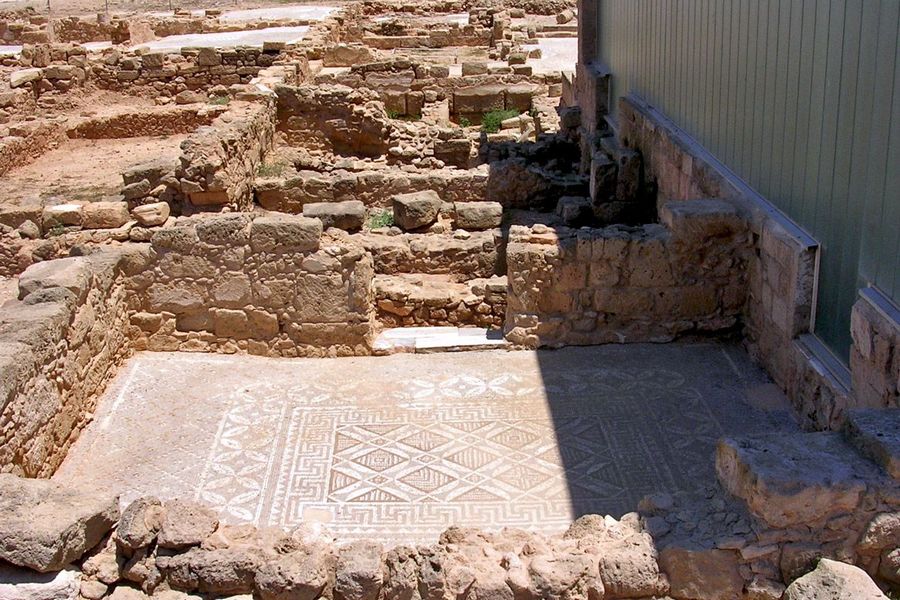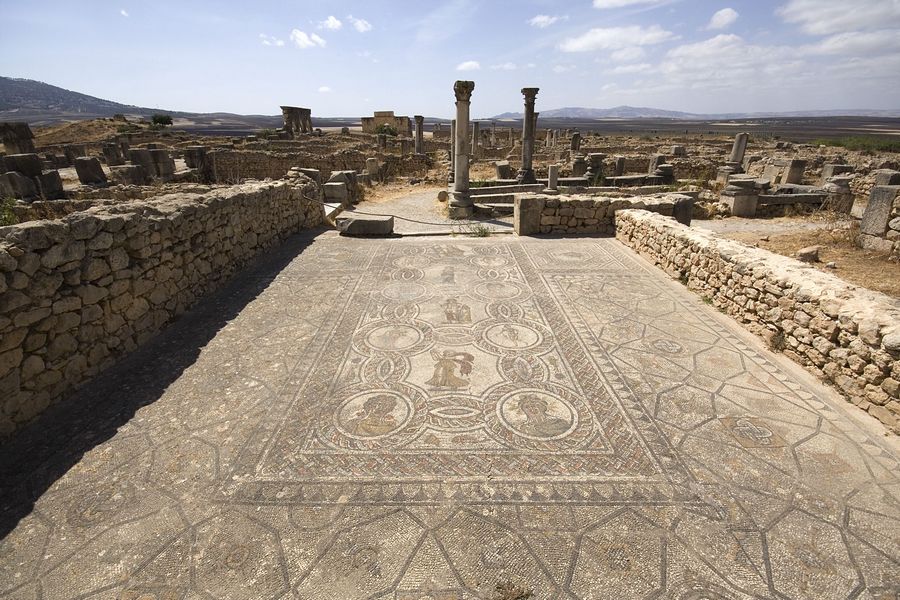- Home
- Paphos
- Paphos Entries
- Paphos Mosaics
Description
DESCRIPTION:
The House of DionysosThe mosaic decorations and the mythological compositions are the main characteristics of this restored Roman villa, dating back to the second century A.D. The house is named “House of Dionysos” thanks to the many depictions of Dionysos, the god of wine. The house most probably belonged to a member of the ruling Roman class or to a wealthy citizen of Pafos.
The House of Theseus
The mosaics of the villa of Theseus lie close to the House of Dionysus and date back to the second century A.D. A visitor can see the very interesting geometrical decorations as well as mythological representations. Worth seeing are the mosaics of “Theseus killing the Minotaur” and the “Birth of Achilles”.
The House of Aion
The mosaics of the House of Aion date back to the fourth century A.D and lie close to the mosaics of Dionysus and Theseus. Five mythological scenes worth seeing are: "The bath of Dionysus", "Leda and the Swan", "Beauty contest between Cassiopeia and the Nereids", "Apollo and Marsyas", and the "Triumphant procession of Dionysus".
The House of Orpheus
The mosaics of this villa belong to the third century A.D and lie to the west of the House of Theseus. There are three mythological representations worth seeing, “ Orpheus and his Lyre”, “ Hercules and the Lion of Nemea” and “the Amazon”.
The House of Four Seasons
This house lies north of the House of Orpheus. It was named after the mosaic that represents the personification of the four seasons, which dates back to the first half of the third century A.D.
TIMETABLES
Open daily:Winter hours (16th September – 15th April): 8.30 - 17.00
Summer hours (16th April – 15th September): 8.30 - 19.30
Entrance fee: 4.50 (Paid at the entrance of the Archaeological Park and includes all sites within the Park)



